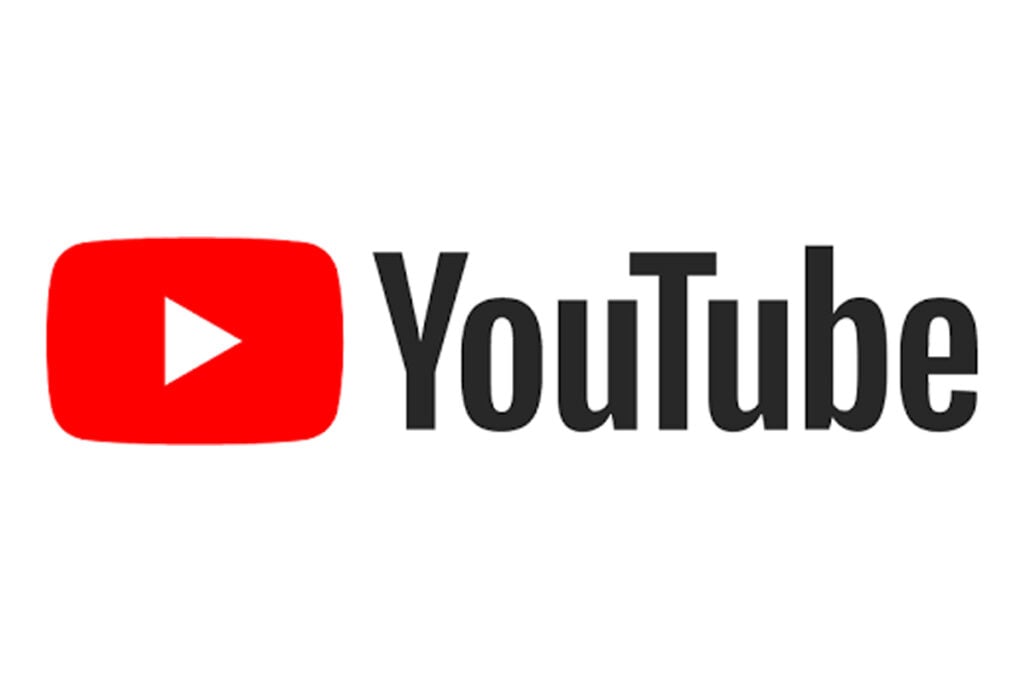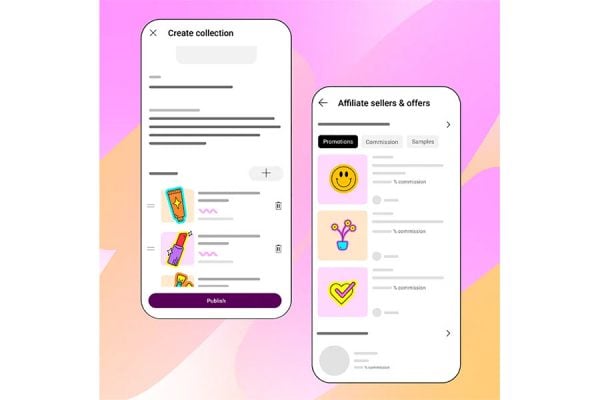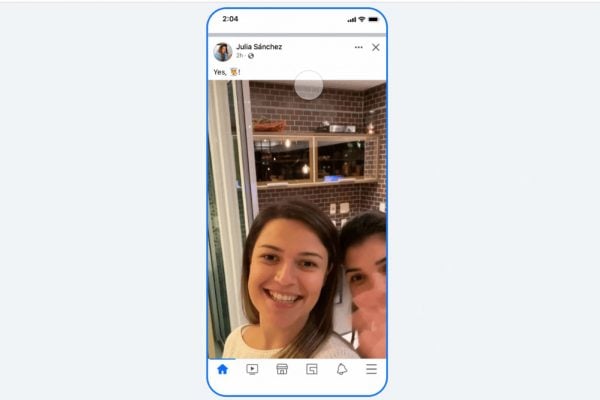YouTube have changed their eligibility for monetising videos through the YouTube Partner Program (YPP) which could discourage small content creators from starting out on the site.
The new YPP eligibility requirements for monetization are to have attracted 4,000 hours of watchtime within the past 12 months and have 1,000 subscribers to your channel.
The impact of the YPP eligibility requirements
YouTube say that this is to protect creators, the number of YouTube channels making over six figures was up over 40% year-over-year. In 2018, a major focus for YouTube will be protecting their creator ecosystem and ensuring creator’s revenue is more stable. They say that YPP requirements for monetization will help prevent spammers, impersonators, and other bad actors hurt their ecosystem or take advantage of content creators.
The impact according to Google will be minimal, they calculate that 99% of those affected were making less than $100 per year a year, with 90% earning less than $2.50 in the last month. Any content creator who doesn’t meet the new criteria will be paid out for the last month and then excluded from YPP. New channels will be evaluated when they reach the new YPP requirements.
Why ban small or new content creators from monetistion?
Buried within the release is the sentence “These higher standards will also help us prevent potentially inappropriate videos from monetizing which can hurt revenue for everyone“. This could well be the real reason that Google are upping the requirements to participate in YPP.
There have been far too many reports of extremist YouTube videos having adverts for major brands shown against them with Google being accused of making money from terrorist or otherwise unsavoury material. Having higher requirements before a content creator can monetise videos makes it less likely that these channels will ever be monetised – when material is removed it’s likely Google will close the channel so the temptation is to use multiple smaller channels than one big channel which attracts subscribers.
It will also discourage dodgy YouTube users from simply copying content from the content creators and rehosting it on their own channel as there will be a screening process once the new YPP requirement thresholds are reached.
If you are a legitimate YouTube content creator with multiple channels then if you are below the new YPP requirements it may be worth combining your channels in future to gain momentum.










One Response
This will make it more difficult for fresh and “alternative” Youtubers to spring up (though that may be the purpose) – disappointing, Google.